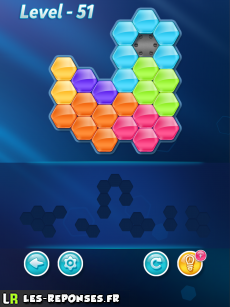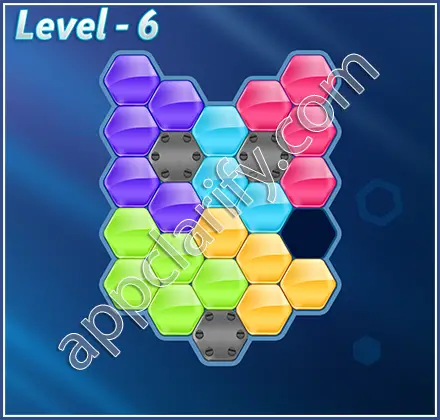
Thudichum discovered in human brain some phospholipids ( cephalin), glycolipids ( cerebroside) and sphingolipids ( sphingomyelin). Theodore Gobley (1847) discovered phospholipids in mammalian brain and hen egg, called by him as " lecithins". įor a century, chemists regarded "fats" as only simple lipids made of fatty acids and glycerol (glycerides), but new forms were described later. In 1827, William Prout recognized fat ("oily" alimentary matters), along with protein ("albuminous") and carbohydrate ("saccharine"), as an important nutrient for humans and animals. Several years later, Marcellin Berthelot, one of Pelouze's students, synthesized tristearin and tripalmitin by reaction of the analogous fatty acids with glycerin in the presence of gaseous hydrogen chloride at high temperature. The first synthetic triglyceride was reported by Théophile-Jules Pelouze in 1844, when he produced tributyrin by treating butyric acid with glycerin in the presence of concentrated sulfuric acid. In 1823, Michel Eugène Chevreul developed a more detailed classification, including oils, greases, tallow, waxes, resins, balsams and volatile oils (or essential oils). In 1815, Henri Braconnot classified lipids ( graisses) in two categories, suifs (solid greases or tallow) and huiles (fluid oils).

Although humans and other mammals use various biosynthetic pathways both to break down and to synthesize lipids, some essential lipids can't be made this way and must be obtained from the diet. Lipids also encompass molecules such as fatty acids and their derivatives (including tri-, di-, monoglycerides, and phospholipids), as well as other sterol-containing metabolites such as cholesterol. Īlthough the term "lipid" is sometimes used as a synonym for fats, fats are a subgroup of lipids called triglycerides. Using this approach, lipids may be divided into eight categories: fatty acyls, glycerolipids, glycerophospholipids, sphingolipids, saccharolipids, and polyketides (derived from condensation of ketoacyl subunits) and sterol lipids and prenol lipids (derived from condensation of isoprene subunits). Biological lipids originate entirely or in part from two distinct types of biochemical subunits or "building-blocks": ketoacyl and isoprene groups. Lipids may be broadly defined as hydrophobic or amphiphilic small molecules the amphiphilic nature of some lipids allows them to form structures such as vesicles, multilamellar/ unilamellar liposomes, or membranes in an aqueous environment. Lipids have applications in the cosmetic and food industries as well as in nanotechnology. The functions of lipids include storing energy, signaling, and acting as structural components of cell membranes. Lipids are a broad group of naturally-occurring molecules which includes fats, waxes, sterols, fat-soluble vitamins (such as vitamins A, D, E and K), monoglycerides, diglycerides, phospholipids, and others. At the bottom is the common phospholipid phosphatidylcholine.

: 328 The middle structure is a triglyceride composed of oleoyl, stearoyl, and palmitoyl chains attached to a glycerol backbone. At the top are cholesterol and oleic acid. If you're looking for other pack solutions just check the Main Index Page and pick a different pack there.Structures of some common lipids. Move blocks to fill up the square and collect the block pieces to level up!īelow you can find images with the solutions for all 80 levels in 6 Mania Pack. Block! Hexa Puzzle™ is a block puzzle game.

Block hexa 6 solution for android#
Block! Hexa Puzzle 6 Mania Pack solutions, cheats, walkthrough all levels, for android devices, iphone, ipad and ipod.


 0 kommentar(er)
0 kommentar(er)
